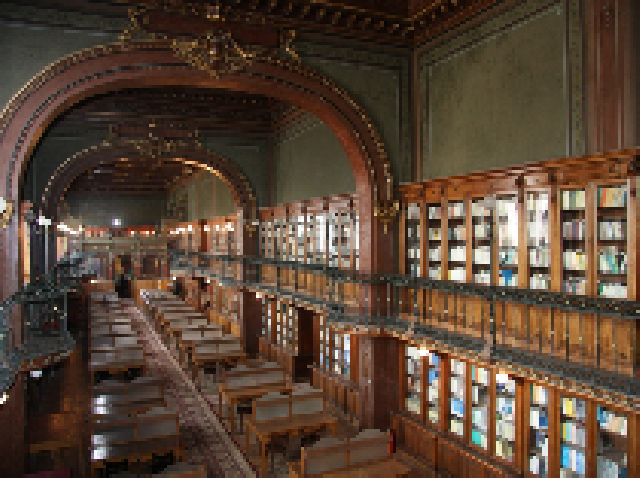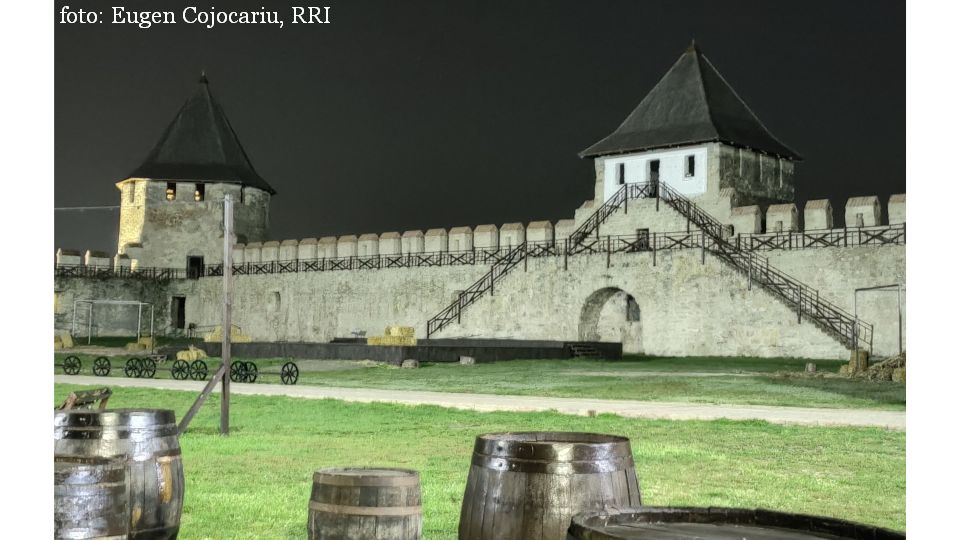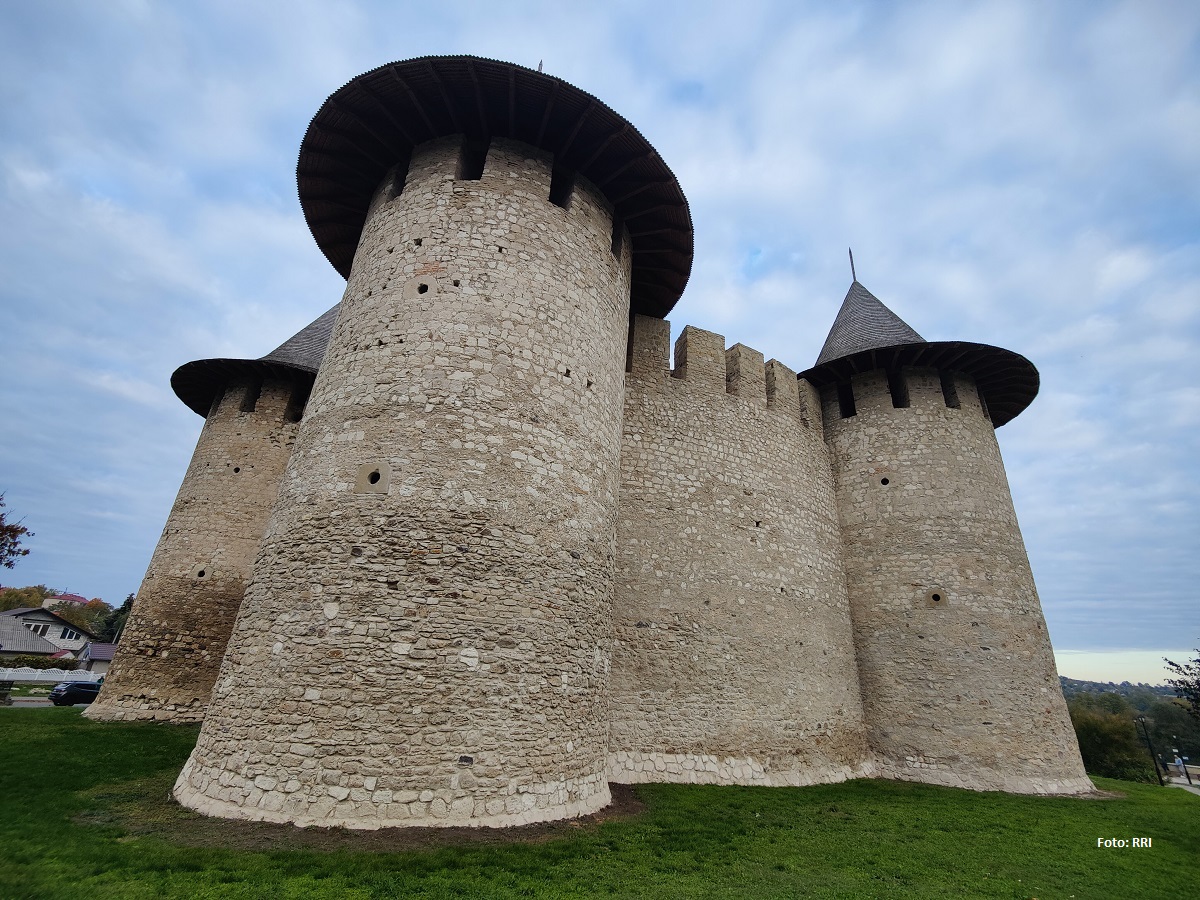Gh. Asachi University Library in Iasi
Although it emerged later than in western Europe, Romanian higher education caught up quickly.

Ștefan Baciu, 28.02.2015, 14:15
Even though it emerged much later than in western European states, Romanian higher education caught up quickly and made up for the lost time in education. It also made an investment in the buildings housing the institutions, and one such example is the University Palace in Iasi. It was inaugurated in 1860, and was the first headquarters of Iasi University. It housed the schools of law, letters and sciences, the mineralogy lab, the fine arts school, the Aula and the offices. It soon became too cramped, as the number of students grew, along with the number of specialties. It was decided it was time for new headquarters to be built on Copou hill. Here is Neculai Seghedin, vice-rector of the Gheorghe Asachi Technical University in Iasi, telling us about the Copou University Palace:
Neculai Seghedin: “This palace was inaugurated in 1897, and building was started in 1893. Petru Poni, a great chemist and professor back then, was in charge of the structure of this palace. He was involved in the project because Iasi needed new university headquarters, as the old one was getting cramped. Petru Poni studied various similar edifices in Austria, Switzerland and Germany, made some sketches, and petitioned the minister in charge back then to get a loan of 3 million lei, then proceeded to the design of the building proper. The design was made by the Swiss architect Louis Blanc, who was living in Romania. He designed several famous buildings in Bucharest, such as the Ministry of Agriculture, the Medical University, Lahovary House and the Take Ionescu House.”
For the University Palace in Iasi, Louis Blanc picked the eclectic style that was dominant in Europe at that time. At the same time, the Swiss architect designed the library building of the university, which today is one of the most beautiful in the country, and its fame has crossed the country’s borders.
Neculai Seghedin: “There was a bit of a dispute between Petru Poni and Louis Blanc regarding the library. Petru Poni believed that the library had to have a central body, a reading hall, while on the sides it had to have depositories, to be expanded as the collection grew. Louis Blanc picked a different solution: a single room to act as reading hall and depository. It is an impressive first-storey hall with windows opening to the street. This solution was not one that Petru Poni agreed with, but now we are able to enjoy this absolutely impressive library.”
The hall is spacious, with large windows, and all around there is a balcony with bookshelves. The ceiling is also impressive, with painted and sculpted wood decorations. In time the palace has undergone transformations, but the library stayed the same. The most important expansion was between the wars, in 1929 to 1933. The initial eclectic style was preserved. 1937 was the year when the Gh. Asachi Polytechnic School was set up, named in memory of the man who, in 1813, had set up the first class of engineers in Moldavia. Neculai Seghedin tells us about what the library had to go through along the years:
Neculai Seghedin: “The library was moved during WWII. In the meantime it had become the Polytechnic School Library, which moved to Cernauti/Chernowitz in 1940. In 1944, the book collection was moved to Turnu Severin, then, at the end of the year, it was moved back to Iasi. During this time, the library building had been damaged by bombs. In August 1944, the ceiling was all but destroyed. There was a fire in the library, but it was rebuilt in the 1950s.”
Today, the Gh. Asachi University Library of Iasi is appreciated by students and teachers, but also by the public at large all over the world. This was revealed when the website boredpanda.com made a ranking of the most appreciated library buildings in the world. The library in Iasi came in first out of 25 buildings listed.






























